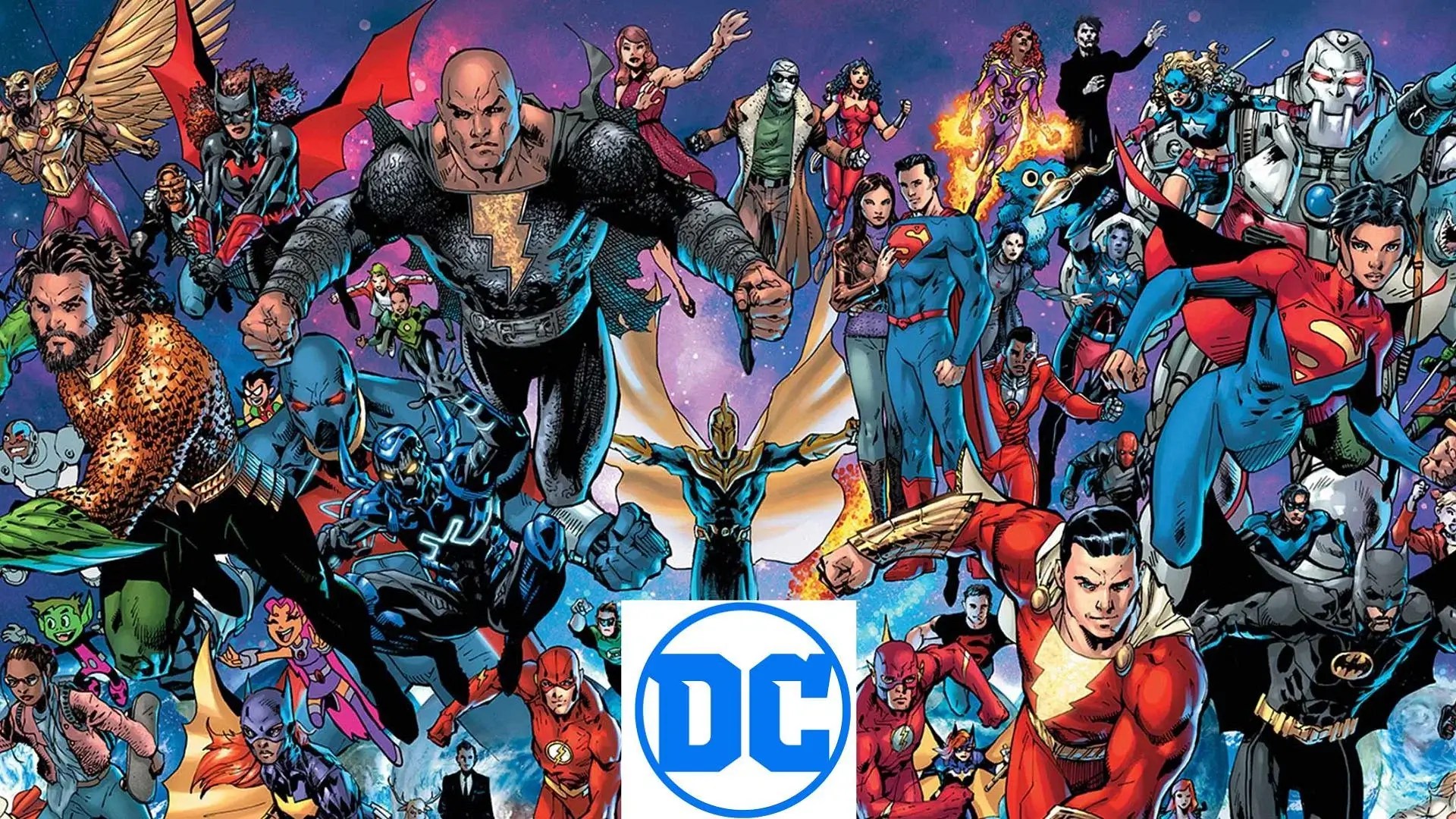When it comes to the world of comics, few names resonate as powerfully as DC. The term "DC" is synonymous with iconic superheroes, gripping storylines, and a rich tapestry of characters that have captivated audiences for decades. But what does DC actually mean in comics, and how did it come to represent one of the most influential comic book publishers in history? In this article, we will explore the origins of DC Comics, the meaning behind its name, and the cultural impact it has had on the comic book industry.
DC Comics is not just a publisher; it represents a universe filled with extraordinary heroes and complex narratives. From Superman and Batman to Wonder Woman and the Flash, these characters have become cultural icons that transcend the pages of comic books. Understanding the "DC meaning in comics" is essential for any fan or newcomer seeking to appreciate this vast and intricate universe.
Throughout this article, we will break down various aspects of DC Comics, including its history, character development, and the significance of its storytelling. By the end, you'll have a comprehensive understanding of what DC means in the context of comics and why it continues to shape the landscape of popular culture.
What Does DC Stand For in Comics?
The meaning of "DC" in comics is derived from "Detective Comics," which is one of the publisher's flagship series. This series introduced readers to Batman in 1939, a character that would quickly become one of the most recognizable superheroes in the world. Over time, the abbreviation "DC" evolved to represent the entire comic book line produced by the company, encompassing a diverse array of characters and stories.
How Did DC Comics Begin?
DC Comics was founded in 1934, originally as National Allied Publications by Malcolm Wheeler-Nicholson. The first comic book published under the DC banner was "New Fun: The Big Comic Magazine," which was a significant milestone in the comic industry. However, it was the publication of "Detective Comics" in 1937 that truly put the company on the map, leading to the eventual adoption of the DC moniker.
What Impact Did the Golden Age Have on DC Comics?
The Golden Age of Comics, spanning from the late 1930s to the early 1950s, was a transformative period for DC Comics. This era saw the introduction of many iconic characters, including Superman, Batman, and Wonder Woman. These heroes not only defined the superhero genre but also established a framework for storytelling that continues to influence comics today.
What Are Some Key Characters in the DC Universe?
- Superman: The first superhero, embodying truth and justice.
- Batman: The Dark Knight, known for his detective skills and moral complexity.
- Wonder Woman: An Amazonian warrior and feminist icon.
- The Flash: The fastest man alive, representing speed and agility.
- Green Lantern: A member of the intergalactic police force, wielding a power ring.
How Has DC Comics Evolved Over the Years?
DC Comics has undergone several transformations since its inception, adapting to changes in society and the tastes of its audience. In the 1960s, the company embraced a more social consciousness, addressing contemporary issues through its characters. The introduction of the "Crisis on Infinite Earths" storyline in the 1980s marked a significant shift, redefining the DC Universe and consolidating its various parallel worlds into a more cohesive narrative.
What Are Some Notable Story Arcs in DC Comics?
Some of the most memorable story arcs in DC Comics include:
- The Death of Superman: A storyline that shocked fans and redefined the stakes in superhero narratives.
- Batman: The Killing Joke: A deep dive into the Joker's psychology and his relationship with Batman.
- Watchmen: A groundbreaking series that deconstructed the superhero genre.
- Identity Crisis: A murder mystery that explores the darker side of superhero life.
What Is the DC Extended Universe (DCEU)?
The DC Extended Universe (DCEU) is a media franchise that encompasses a series of films and television shows based on DC Comics characters. Beginning with "Man of Steel" in 2013, the DCEU has aimed to create a connected cinematic universe similar to the Marvel Cinematic Universe (MCU). Films like "Wonder Woman," "Aquaman," and "Justice League" have significantly expanded the DC mythology in popular culture.
How Has DC Comics Influenced Modern Culture?
The influence of DC Comics extends far beyond the pages of comic books. Its characters have become symbols of hope, courage, and justice, inspiring countless adaptations in film, television, and merchandise. The themes explored in DC stories often resonate with contemporary social issues, making them relevant to audiences of all ages. Moreover, the vibrant fan community surrounding DC Comics contributes to its enduring legacy, fostering discussions and celebrations of the characters and stories that mean so much to fans.
Conclusion: What Does the Future Hold for DC Comics?
The "DC meaning in comics" continues to evolve as new characters and stories are introduced. With ongoing projects in film, television, and digital media, the legacy of DC Comics is far from over. As fans eagerly anticipate what lies ahead, one thing remains certain: DC will continue to inspire and captivate audiences for generations to come.



